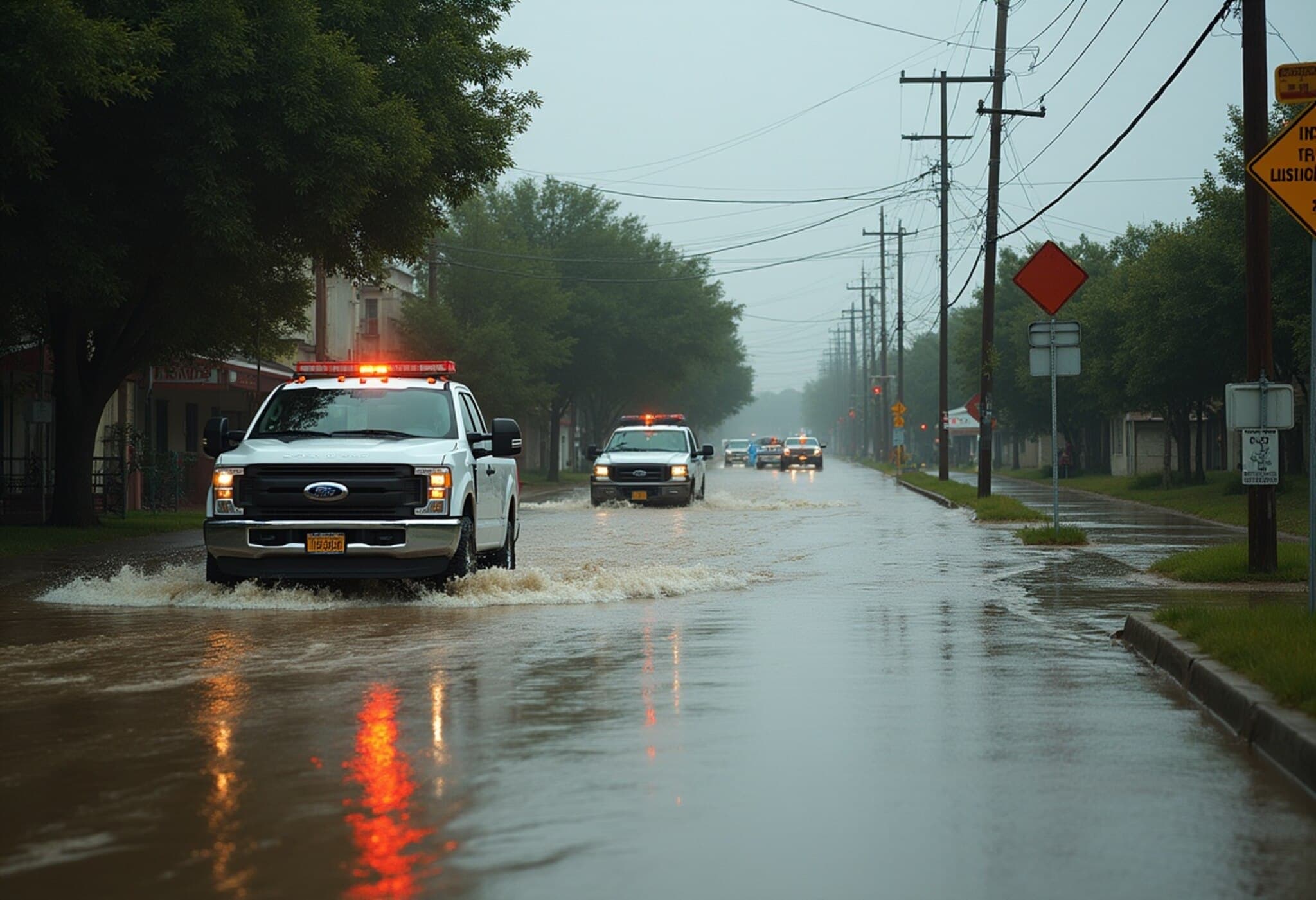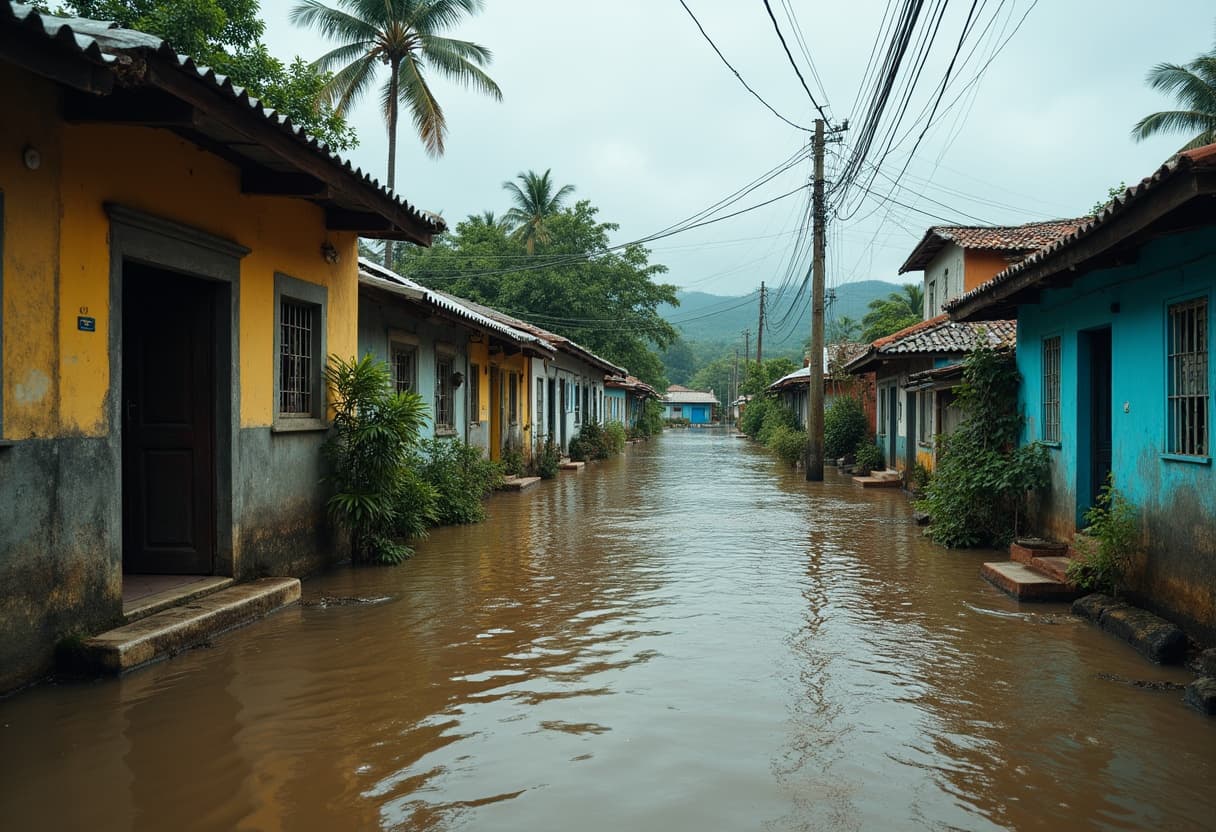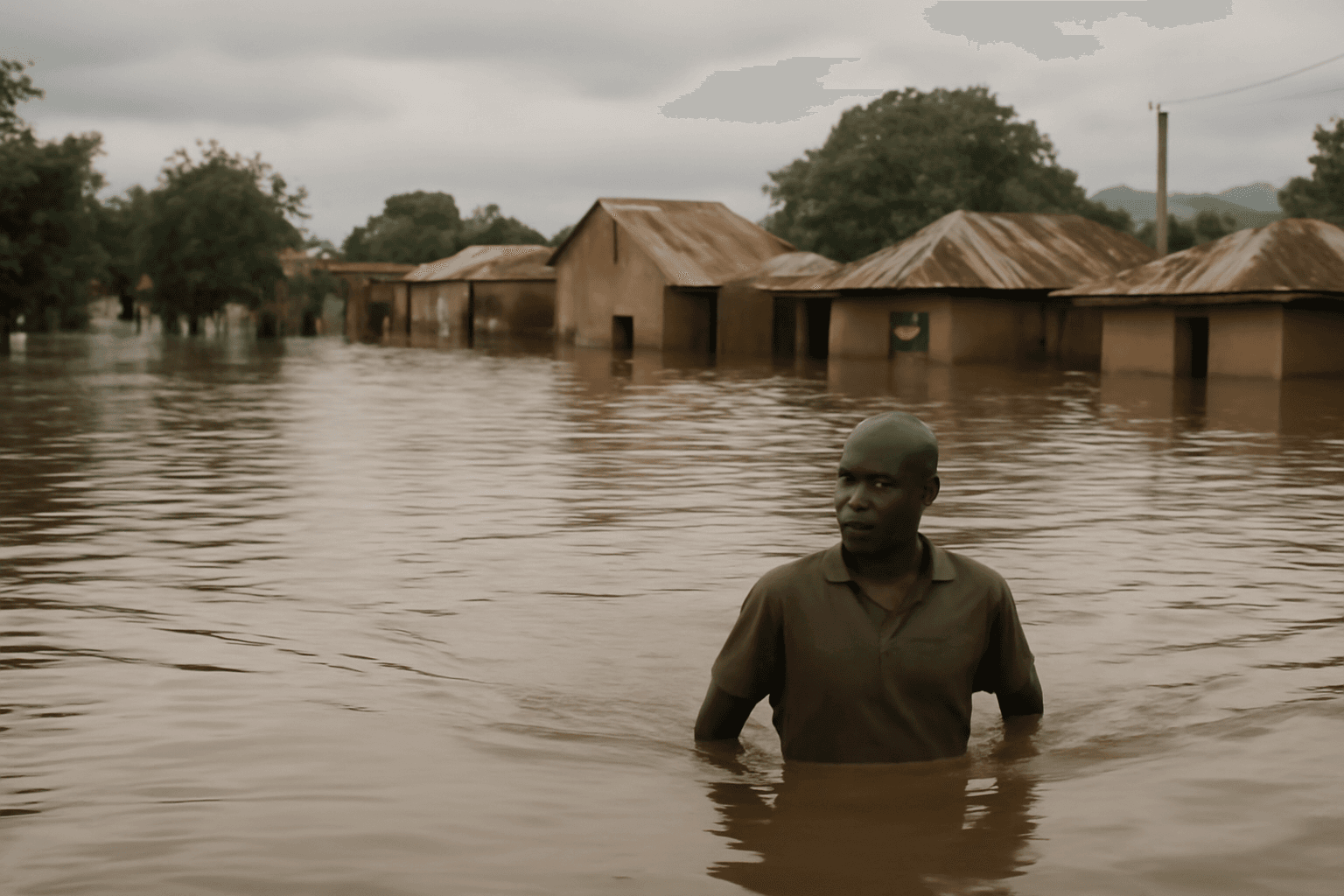Storm Floris Unleashes Severe Weather Across the UK
As the dawn broke on August 5, 2025, millions across the United Kingdom faced the wrath of Storm Floris—a powerful weather system that has brought relentless rain, fierce winds, and widespread disruption. From urban centers to rural communities, the storm has significantly impacted daily life, challenging public services and infrastructure resilience.
Comprehensive Weather Warnings and Public Safety Measures
The UK Met Office has issued amber and yellow weather warnings covering most parts of England, Wales, and Southern Scotland, urging residents to exercise caution. Authorities have highlighted the potential for flash flooding, dangerous driving conditions, and power outages as tropical moisture spirals across the region.
- Travel Advisory: Train and road commuters should prepare for delays and possible cancellations.
- Emergency Services: Fire and rescue teams remain on high alert to respond to flooding and storm-related incidents.
- Infrastructure Impact: Several areas have reported fallen trees and debris obstructing roadways and interrupting power lines.
Economic and Environmental Repercussions
Beyond immediate safety concerns, Storm Floris underscores the increasing vulnerability of the UK’s aging infrastructure to extreme weather events—an issue intensified by climate change. Insurance claims related to property damage are expected to surge in the coming days, and local economies, especially those reliant on small businesses and outdoor markets, could face lasting setbacks.
Experts emphasize the importance of fortifying flood defenses and integrating climate resilience into urban planning. As Professor Helen Martin, a climate risk analyst at the University of London, notes: "Storm Floris is a stark reminder that we must urgently address our preparedness for weather extremes, which will only grow more frequent and destructive in the years ahead."
Community Response and Resilience
Despite the disruptions, community solidarity shines through. Local volunteers have mobilized to assist vulnerable neighbors, while grassroots organizations disseminate real-time updates and preparedness advice through social media channels.
This collective response is critical as authorities monitor ongoing developments and adjust warnings accordingly. Residents are advised to stay informed via official sources and prioritize personal safety above all.
What Comes Next?
As Storm Floris moves northeastward, meteorologists predict gradual easing by the weekend, though residual showers and gusty winds may persist. The coming days will be vital for assessing damages and mobilizing recovery efforts.
For policymakers and urban planners in the US and Europe alike, the lessons learned here present an opportunity to revisit disaster readiness frameworks and funding priorities—a call to action that transcends borders.
Editor’s Note
Storm Floris reveals an urgent narrative: the climate crisis is no longer a distant threat but a present challenge demanding robust, coordinated responses at all levels. Beyond weather alerts, this storm invites reflection on how societies can better protect vulnerable communities, invest wisely in resilient infrastructure, and foster social cohesion in the face of adversity. As you navigate this event’s unfolding, consider how local actions and global policies intertwine to shape our collective safety and future.



















